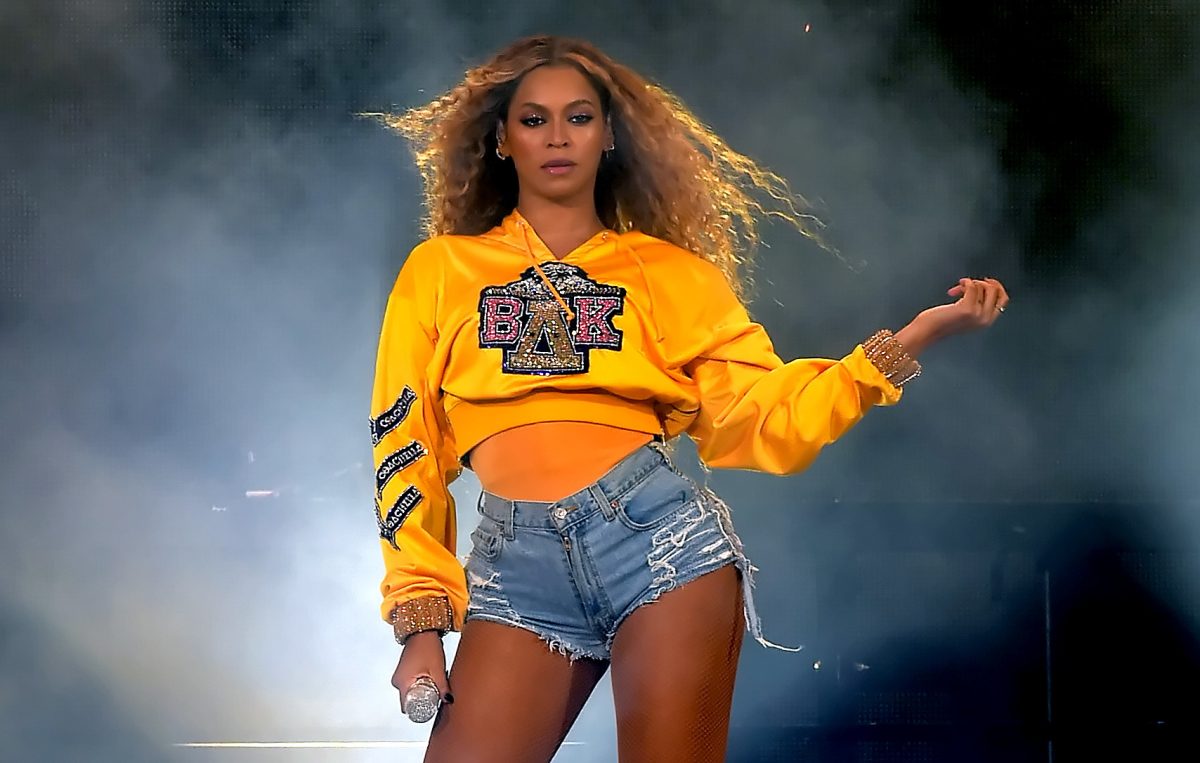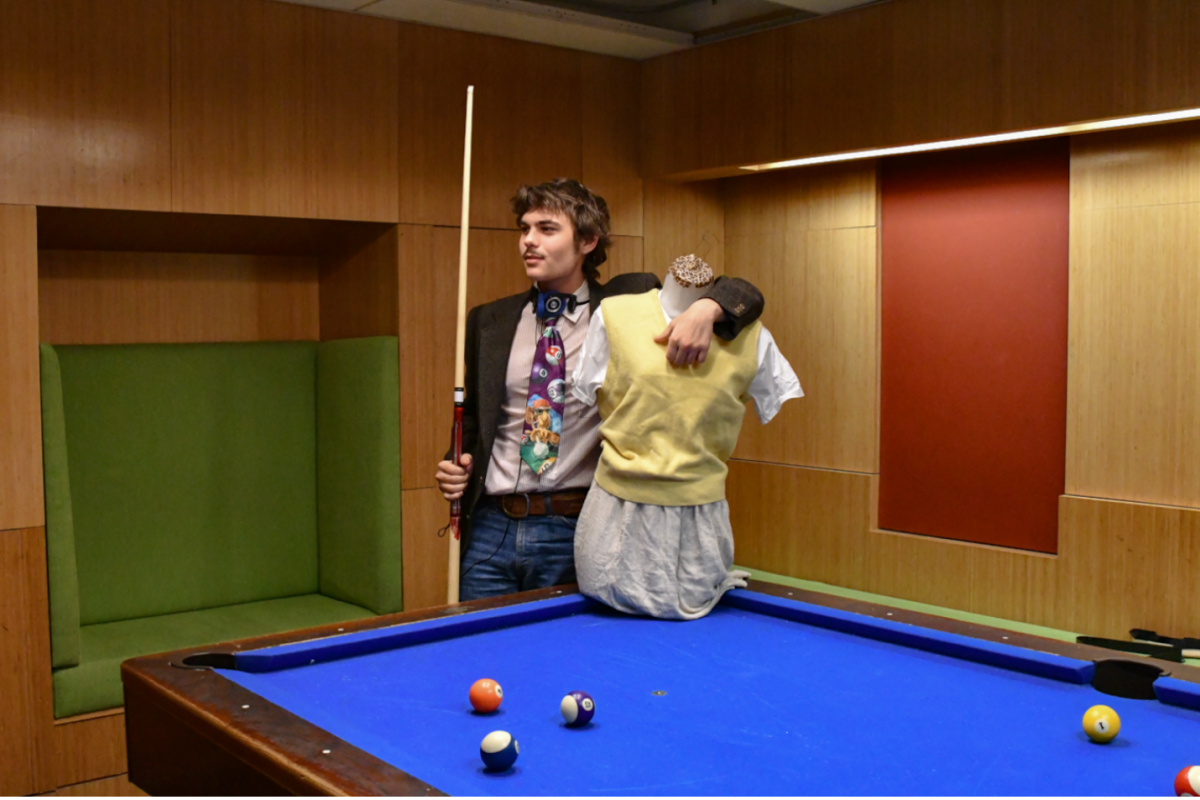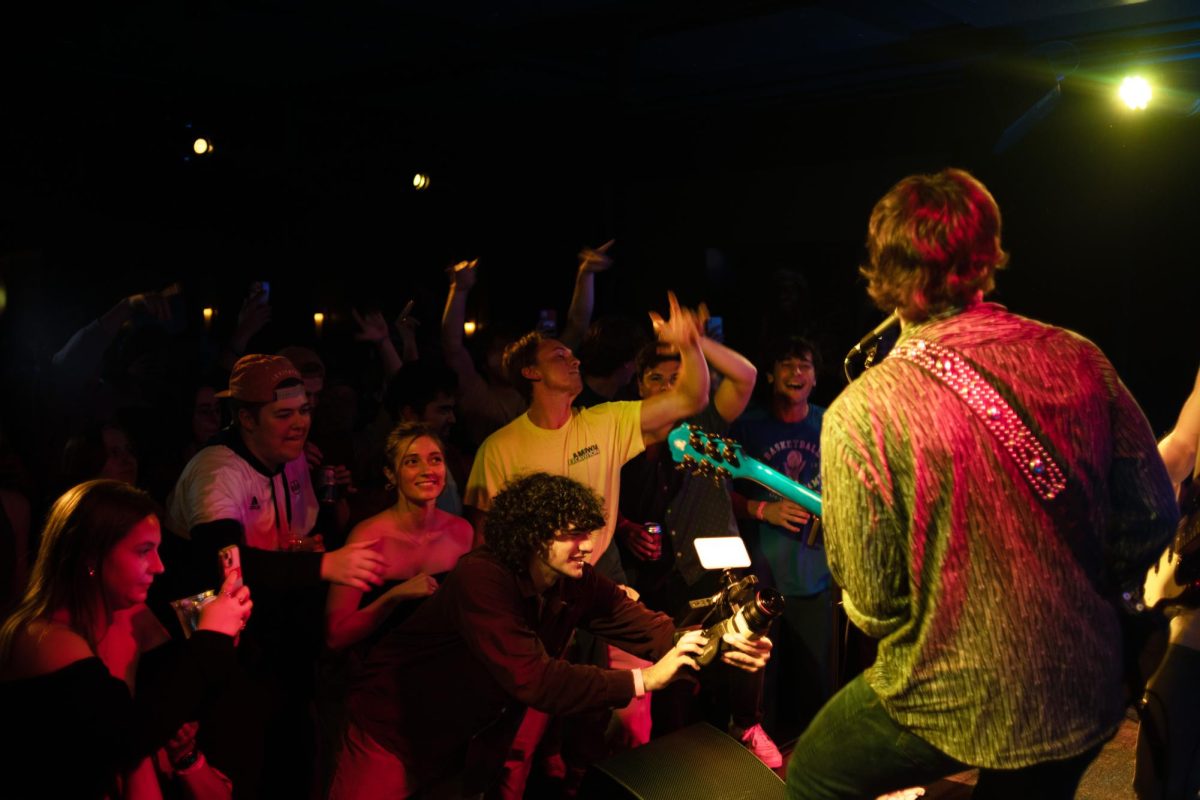
Once a year, the entire country of India lights up. The streets crackle with activity, homes are fragrant with homemade traditional sweets, laughter and lights dominate every household and family members are all dressed up in their equivalent of the ‘Sunday best.’
“Diwali” or “Deepavali” is a prominent Hindu festival that is also called “the festival of lights,” as every household is lit with earthen lamps. The festival is marked by lights, prayers and fireworks. It is celebrated by the majority of Indian families, irrespective of religious beliefs, and often brings families together.
Diwali is a five-day festival that starts on Dhanteras, a day when all families buy some form of metal according to their income in order to maintain prosperity throughout the year; the metal ranges from steel to platinum. The second day is called Naraka Chaturdasi, where Kali Ma is worshipped. According to legend, it is on this day that she killed one of the wicked Narakasura. The third day is the worship of Goddess Lakshmi and the fourth day is Kartika Shudda Padyami. The festival ends on Bhaubeej, a day where sisters pray for their brothers to have long and happy lives by performing the Tika ceremony. On the Gregorian calendar, Diwali usually falls within the months of October or November.
It is often believed that Diwali is celebrated to mark the return of Lord Rama to his home town after 14 years of exile. Lord Rama was loved and admired by all the people in his kingdom. Legend says that the people were so happy that they lit lights, burst fire crackers and danced all through the night.
The legend of Lord Rama is chronicled in one of the two most revered epics in Hindu mythology, “The Ramayana,” the other being “The Mahabharata.” “ The Ramayana” is a Sanskrit epic which explores personal relationships, duties and the responsibilities that come with these relationships in Lord Rama’s life. It has continued to define generations in Indian society as the Ramayana is a sterling example of the victory of good over evil, hence motivating each individual (and society as a whole) to do good.
Today, even though earthen lamps continue to be the preferred choice, artificial lights, incense sticks, rangoli (colorful illustrations typically found on the entrance of the house) and traditional desserts have become inherently associated with Diwali. It is also believed that Goddess Lakshmi (the goddess for wealth and prosperity) blesses the household on the night of Diwali. To facilitate the welcoming of the goddess, many people pray for her and many households have little foot imprints made by family members to welcome her. This one day of the year families keep the lights on for the entire night as well as leave a window open.
Diwali is also sometimes believed to have been celebrated to commemorate the victorious return of the Pandavas after 13 years of exile. The Pandavas were loved and revered by their kingdom and so were welcomed with lights and fireworks. The Pandavas’ life is chronicled in the other most important Hindu epic, ‘The Mahabharatha.’ This epic signifies the importance of goals in one’s life as well as philosophical and devotional material that are guidelines for the followers of Hinduism. The Ramayana and the Mahabharata together form the basis of Hindu mythology and its guiding principle.
Diwali is therefore a reminder of all those values and guidelines. It signifies the importance of being inherently virtuous, kind, gentle and generous. The most spiritual meaning of Diwali is that of the ‘awareness of the inner light.’.
Hindu philosophy revolves around the assertion that there is a force that is way beyond the physical realms of life. This force is called the “Atman” or the soul. The celebration of Diwali as the “victory of good over evil” is in fact often interpreted as the light of higher knowledge dismissing all ignorance; the ignorance that works as a façade that masks one’s true nature and the awakening of the soul. With the awakening of the soul comes compassion and the belief in a higher power. This realization, in turn, brings joy. Diwali is therefore eminent as the celebration of this inner light or soul.
While the story behind Diwali and the way it is celebrated differs from region to region, the essence is the same: to rejoice at the inner light. It is this one goal that has brought people closer and has given generations of individuals a reason to believe, either in themselves or in a higher power.
Sanah Rizvi can be reached at [email protected].












